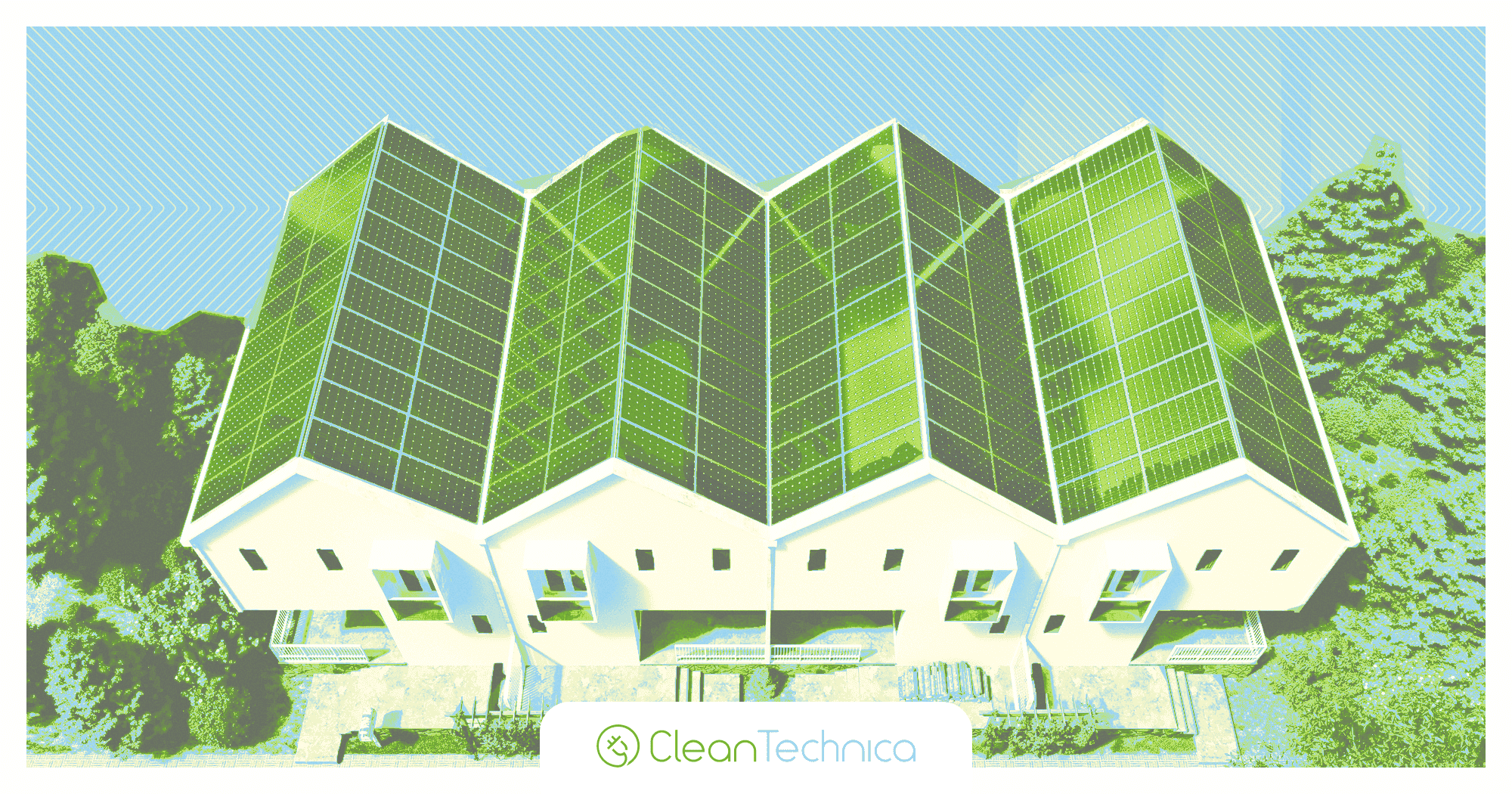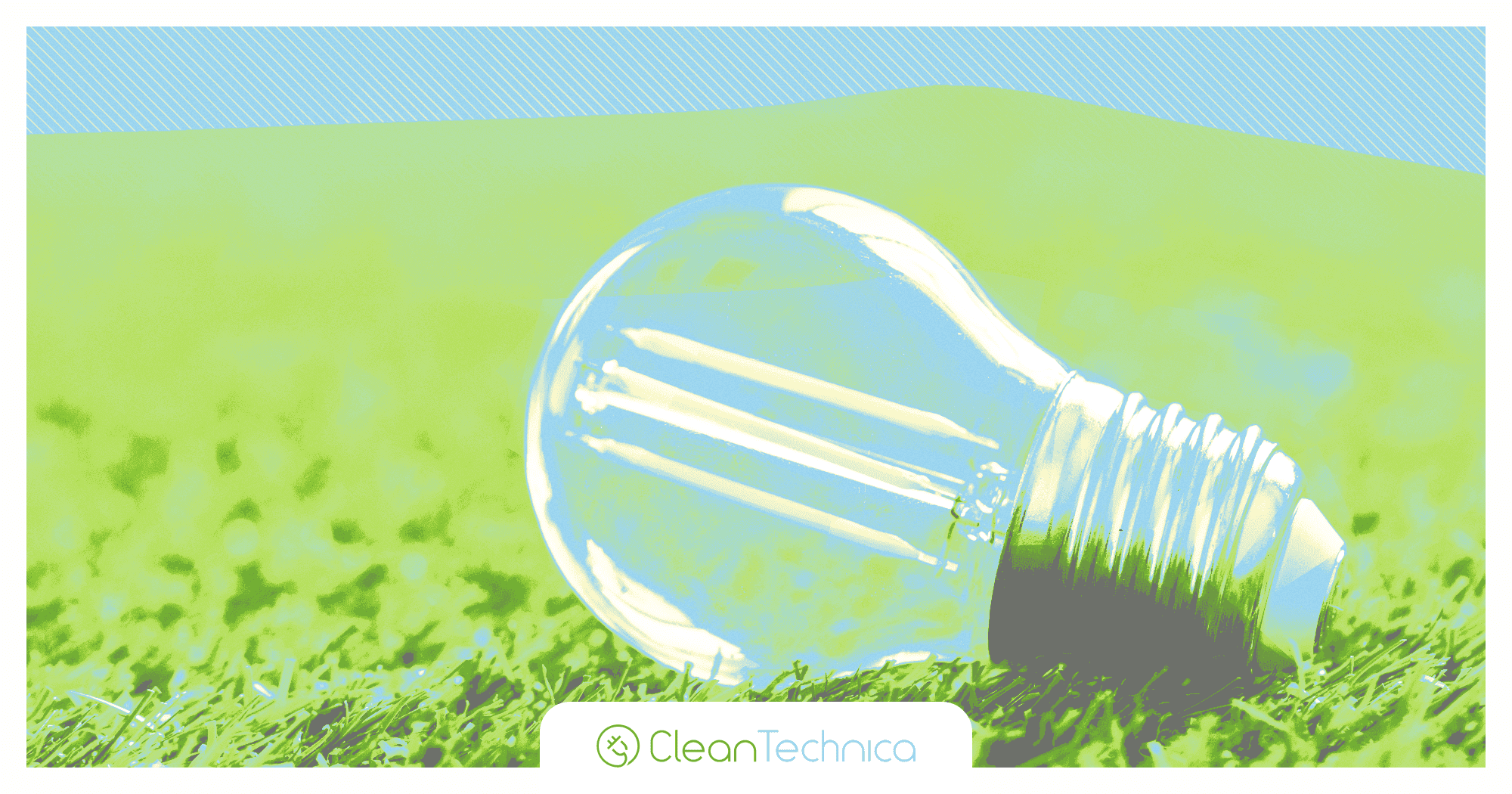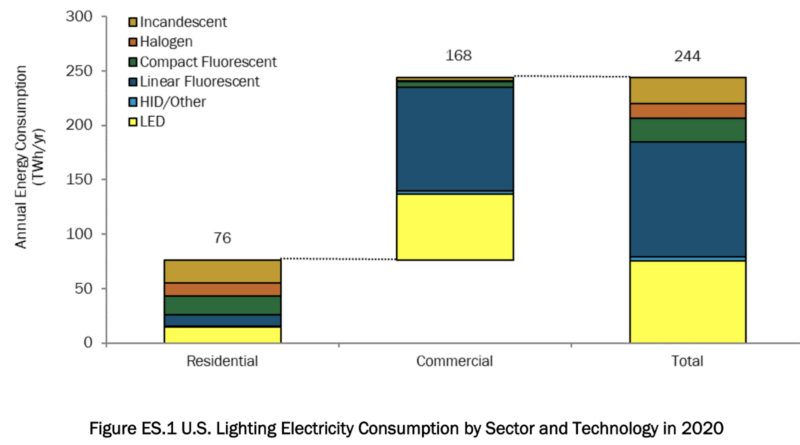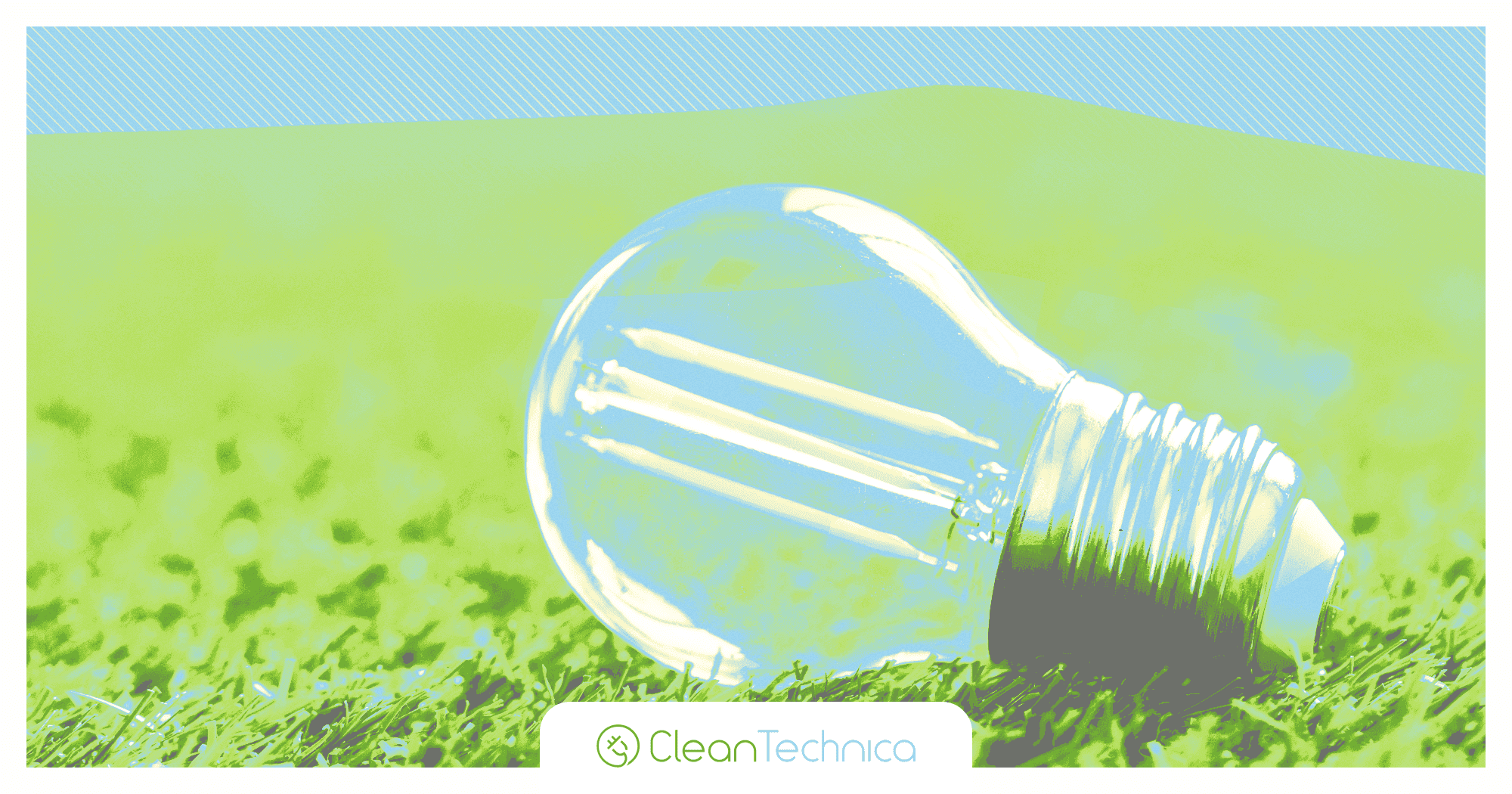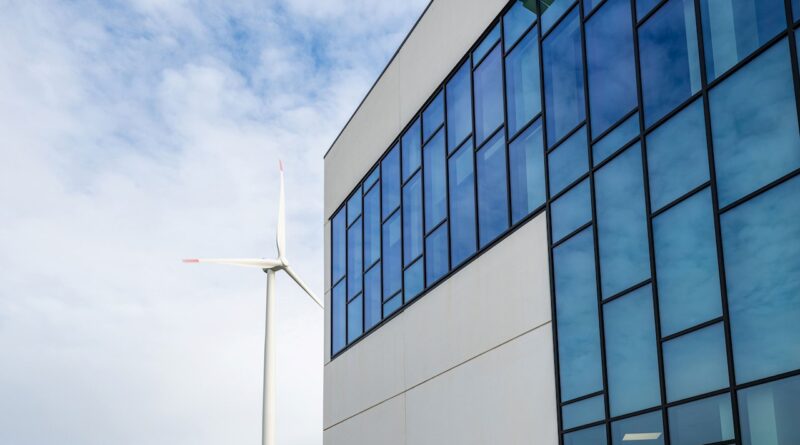Dark Sky Dreams Dashed By The Overly Bright Side Of LED Lighting
A recent story in the Milwaukee Journal Sentinel tells the sad story of a dark sky park that almost was. But dreams of establishing a new refuge away from the lights of the city were dashed by an unlikely culprit: efficient LED lighting technology. In this article, I want to … [continued]


